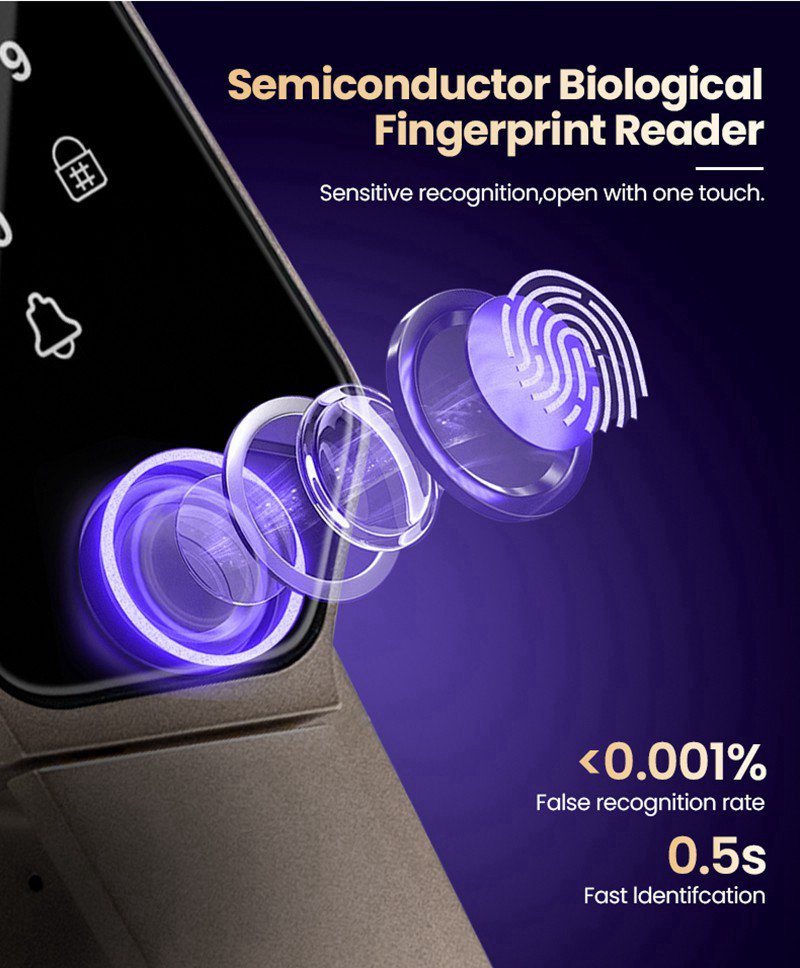As temperatures soar during the summer, smart locks, sensitive to environmental changes, can encounter several common problems. Being aware of these issues beforehand allows for timely and effective solutions.
1. Battery Leakage
Fully automated smart locks typically use rechargeable lithium batteries, which are less prone to leakage. However, semi-automatic smart locks often rely on disposable batteries that can leak due to high temperatures.
Battery leakage can corrode the battery compartment or circuit board, leading to rapid power drainage or unresponsiveness. To prevent this, check your batteries at the beginning of summer. If you notice the batteries becoming soft or sticky, replace them immediately to avoid potential damage.
2. Difficulty with Fingerprint Recognition
Sweat or residue from handling sweet foods like watermelon can affect the efficiency of fingerprint sensors during summer. This often leads to recognition issues or failure to unlock the door.
Wipe the fingerprint sensor with a slightly damp cloth to resolve this issue. If the sensor is clean and undamaged but still fails to recognize fingerprints, consider re-registering your fingerprints. Temperature changes can affect recognition since the system records the temperature during the initial fingerprint registration. Significant temperature variations can impact recognition efficiency.
3. Locking Due to Incorrect Inputs
Typically, smart locks activate a lockout mechanism after five incorrect input attempts. However, some users report experiencing lockouts after only two or three attempts.
This might indicate someone has already tried to unlock your door while you were away. For instance, if someone unsuccessfully attempts to open your lock three times, the lock records these errors. When you try two more times upon returning home, the lock reaches the five-attempt limit and triggers the lockout.
To avoid this, clean the keypad with a damp cloth to remove any traces that might assist unauthorized attempts. Additionally, consider installing a video doorbell with motion detection and recording capabilities to monitor and secure your entryway comprehensively.
4. Unresponsive Lock
When the battery is low, smart locks typically emit beeping sounds as a warning, or they might fail to unlock after verification. If the battery is completely drained, the lock may become entirely unresponsive.
In such cases, use an external emergency power source, like a power bank, through the outdoor emergency power socket to temporarily power the lock. If your smart lock comes with a mechanical key, keep it handy as it can unlock the door in any situation.
For rooms left unoccupied for extended periods during early summer, remove the smart lock batteries to prevent leakage and the resulting maintenance issues. Ensure that mechanical keys are not left inside the house, especially for fully automated smart locks that cannot be powered externally once the batteries are removed.
By addressing these potential issues proactively, you can ensure your smart lock operates smoothly and securely throughout the summer months.
Post time: Jun-26-2024






